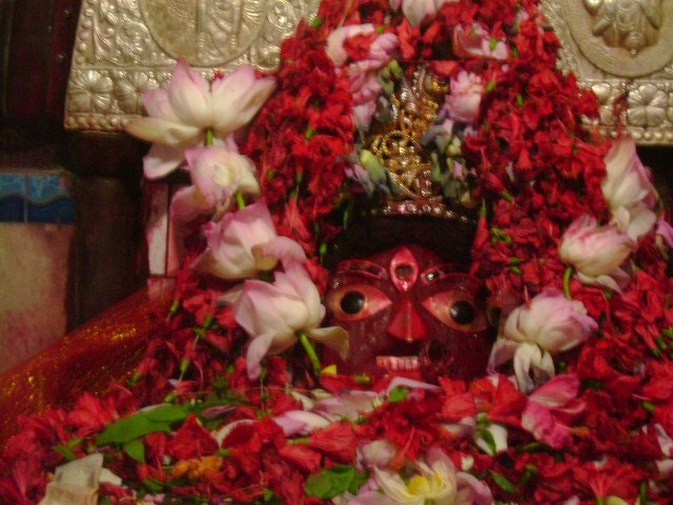
Nalateshwari Temple located in the Nalhati town of Birbhum district, is a nearby temple attraction to Tarapith. The town Nalhati is named after Nalateshwari temple, one of the 51 Sakti Peethas. It is only 16 km from Rampurhat. The town is sanctified by the river Brahmani and Maa Nalateshwari, the Holy Goddess.
This temple is believed to be erected at a spot where the ‘Nala’, (Vocal chord with part of the tracheae), the throat of Goddess Sati (Sakti) had fallen .it is also believed that Debi’s ‘lalat’ (forehead) had fallen there. So she is called as ‘Nalateshwari’ .The temple is dedicated to the Kali form of Goddess Devi. It is located on a small & beautiful hillock.
Rani Bhabani had built a small temple over the Peetha of Sri Parbati Mata, later on or about the 1890s Maharaja Ranajit Singha of Nashipur built the temple and Dharamshala as we see it today.
The main temple of the town is that of Maa Nalateshwari’s temple. She is believed to be present in a big mounted rock, dipped with vermillion, She is adorned with a gold crown and three golden eyes. She has a beautiful silver arch on her crown with the images of Maa Durga, Maa kali and lord Shiva. Special rituals are held here during the kali Puja and on Amavasya (new moon) with yagna and also on every Tuesday of the ‘Jaishtya’ (mid may- mid June) month of the Bengali calendar. On every Saturday, ‘aarati’ is done with 108 ‘pradeeps’ (lamp) of pure ghee.
On daily basis, Maa is offered with fruits, sweets and ‘Chhana’ in the morning ,Later she is offered with ‘anna-bhog’(rice ), ‘sabji’s , 5 types of fries, fish and ‘payesh’ on the noon and finally ‘halua’, luchi and sweets in the night. The temple remains opened from 6 am to 10 pm daily. Sri Ranjan Chakraborty, the priest of the temple has shared this information.
Like all Sakti Peethas, this Mandir has an adjoining Shiva Mandir within the compound. Here the Shiva is known as Yogesh Bhairav and Sakti is Kalika Devi.
Unlike other Sakti Peethas, one can take snap of Devi Maa.
There is a huge sacred tree where the devotees bind red and yellow threads to fulfill their wishes.
Beside the main temple, Lord Ganesha is seated in another temple.. The temple walls are designed with beautiful panels of terracotta.
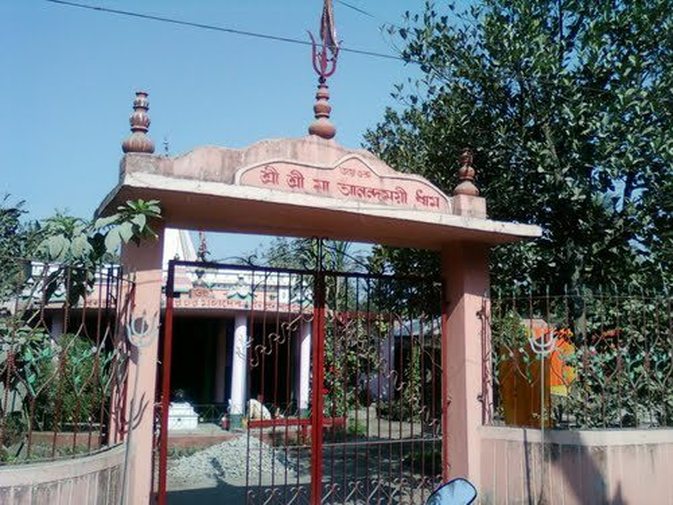
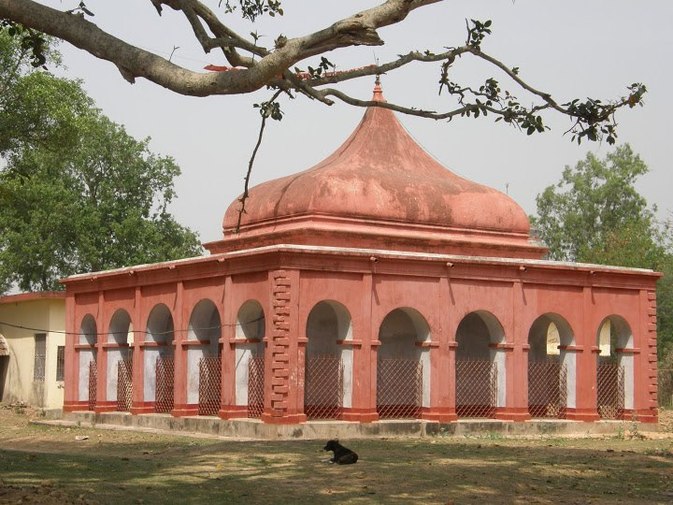
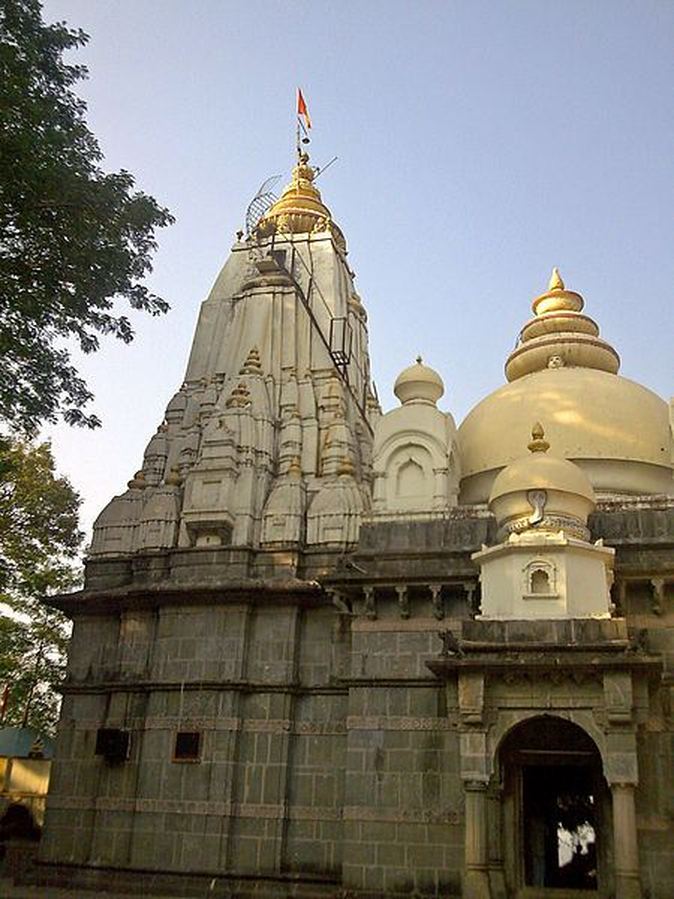
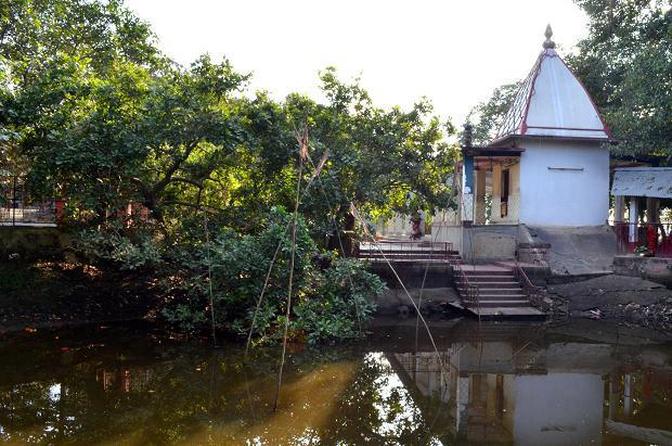

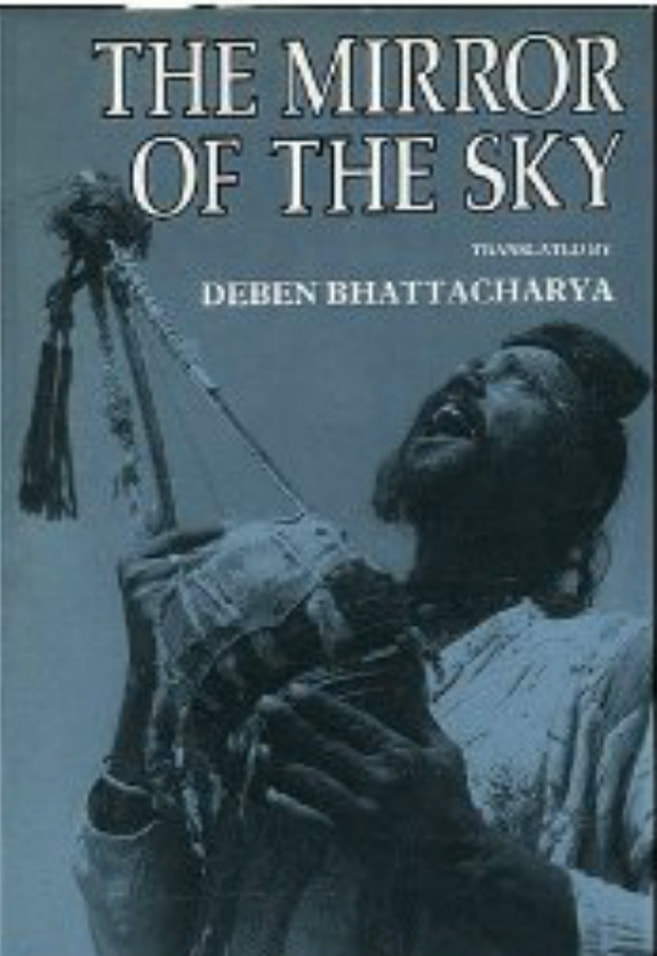
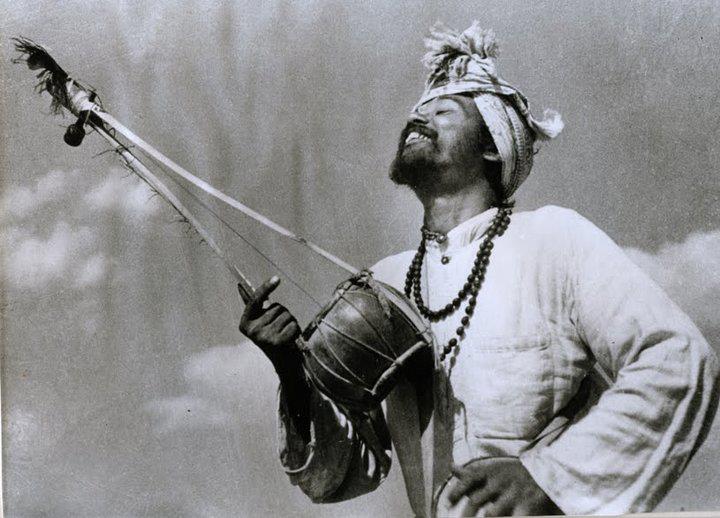
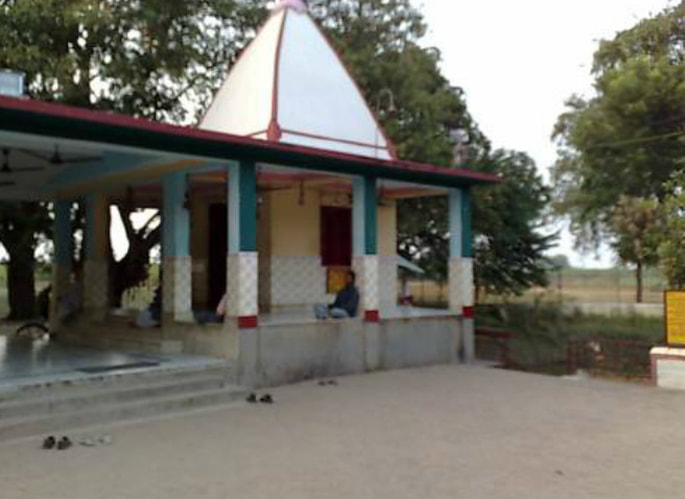
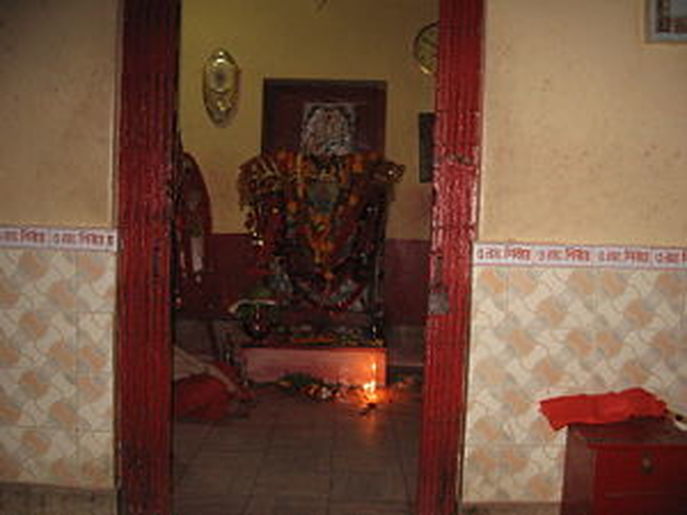
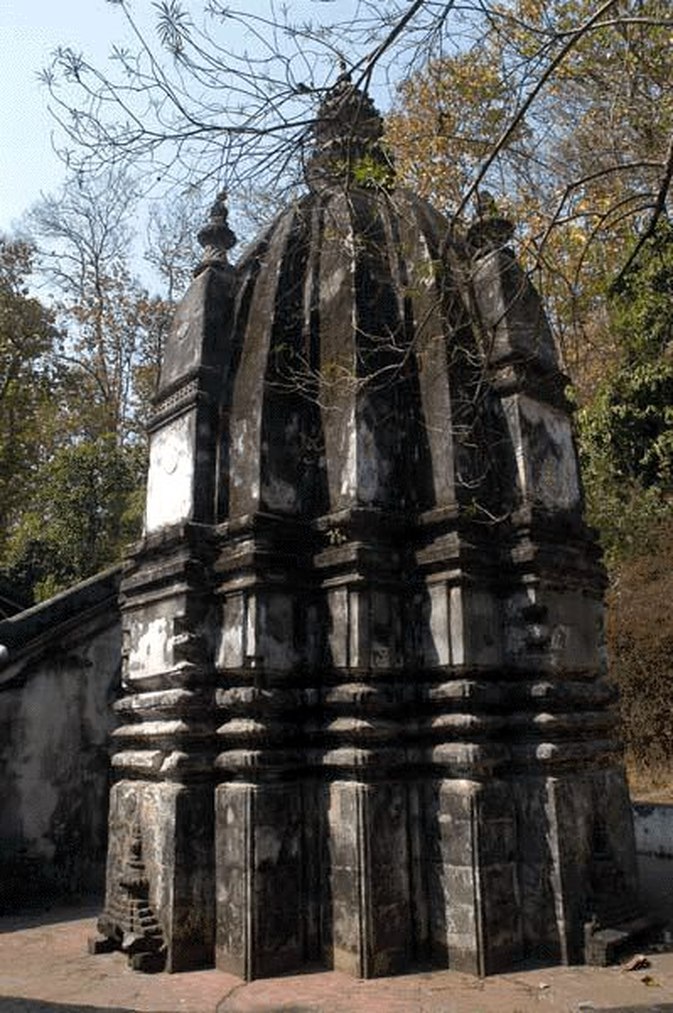

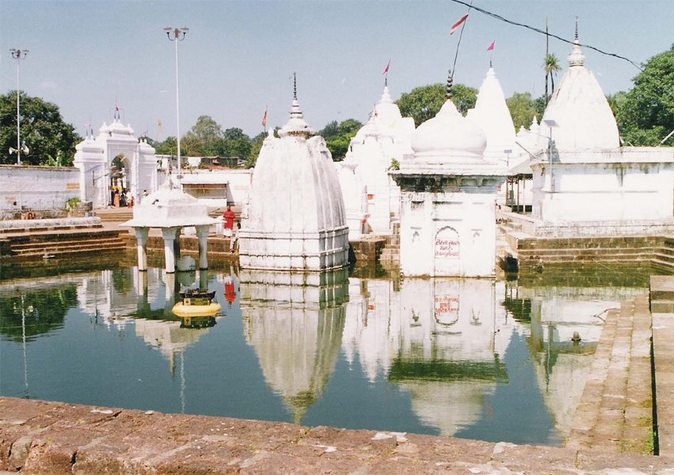
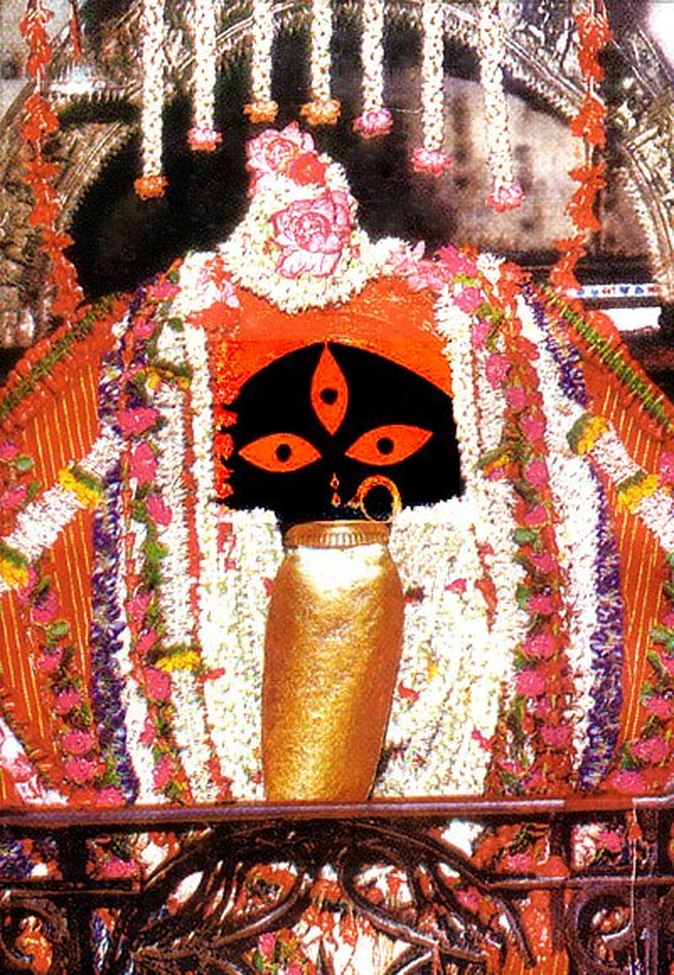
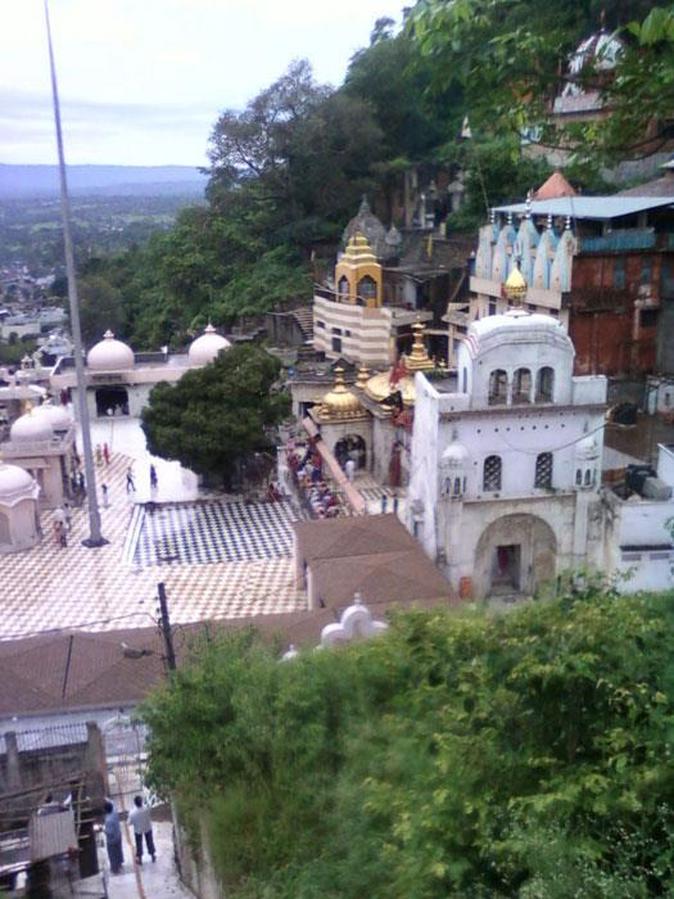
 RSS Feed
RSS Feed

